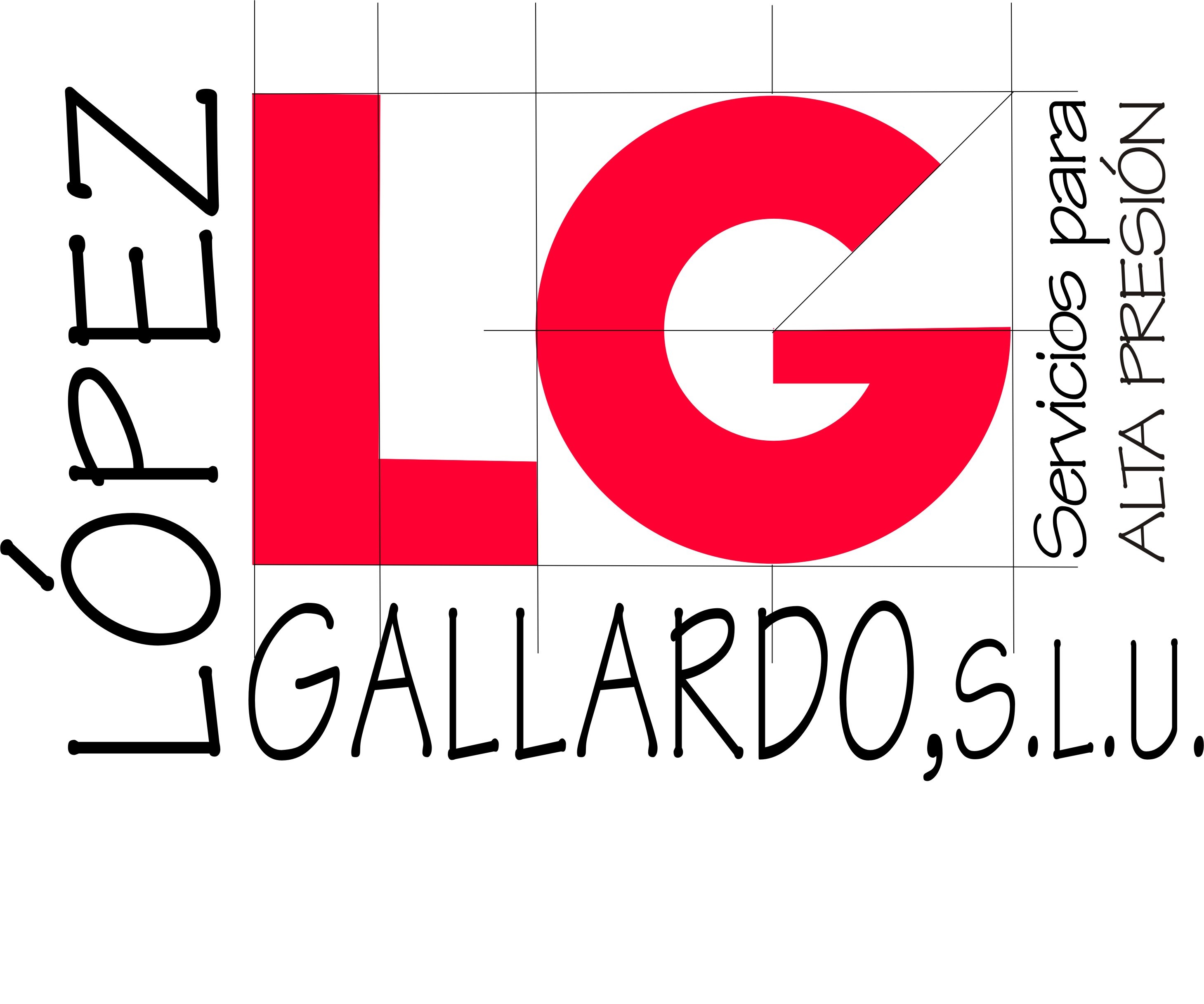Best Hookup Chats
Radiometric Dating
However, by itself a fossil has little that means until it is placed inside some context. The age of the fossil should be decided so it can be in comparison with other fossil species from the same time interval. Understanding the ages of related fossil species helps scientists piece together the evolutionary historical past of a bunch of organisms.
) and included right into a glucose analog known as fludeoxyglucose (FDG). How FDG is used by the body supplies critical diagnostic info; for example, since cancers use glucose differently than normal tissues, FDG can reveal cancers.
Radiometric relationship: how does it work?
Key equations in radiometric dating
An update to 40K-40Ar relationship was developed to be able to scale back this error. This up to date methodology, 40Ar-39Ar dating, requires only one sample and uses a single measurement of argon isotopes. The aforementioned steps are carried out, however an extra process is introduced which relies on neutron irradiation from a nuclear reactor to transform 39K (stable) into 39Ar (unstable). A standard reference materials of recognized age is irradiated concurrently the unknown samples, making it potential to use a single measurement of argon isotopes to calculate the 40K/40Ar ratio and obtain an age. So in order to date most older fossils, scientists look for layers of igneous rock or volcanic ash above and under the fossil.
These ash beds, known as bentonites, contain sanidine feldspar and biotite that has been dated using the 40Ar/39Ar technique. https://hookupranker.com/wapa-review/ Other creationists have focused on situations by which radiometric relationship seems to yield incorrect outcomes. In most cases, these efforts are flawed as a outcome of the authors have misunderstood or misrepresented the info they try to analyze (for instance, Woodmorappe 1979; Morris HM 1985; Morris JD 1994). Only not often does a creationist really find an incorrect radiometric outcome (Austin 1996; Rugg and Austin 1998) that has not already been revealed and discussed in the scientific literature. The uranium to steer decay collection is marked by a half-life of million years. These differing rates of decay assist make uranium-lead courting some of the dependable methods of radiometric relationship as a result of they supply two completely different decay clocks.
Uses of radiometric dating
The first is true geographic north, which is situated on the North Pole. The second is magnetic north, which shifts its location primarily based on fluctuations in Earth’s magnetic subject. So, at any given time, a compass might not point to geographic north; it points to wherever magnetic north is situated. The present location of the magnetic north pole is near Ellesmere Island in northern Canada. Different strategies of radiometric relationship vary in the timescale over which they’re correct and the materials to which they can be applied.
Find your subsequent nice science truthful project! go
The collision threw many tons of debris into the ambiance and probably led to the extinction of the dinosaurs and plenty of other life varieties. Measuring the age of this impact occasion independently of the stratigraphic proof is an obvious take a look at for radiometric strategies, and a selection of scientists in laboratories all over the world set to work. Specifically, a process referred to as radiometric dating permits scientists to determine the ages of objects, including the ages of rocks, ranging from thousands of years outdated to billions of years old to a wonderful diploma of accuracy. Radiocarbon courting , also referred to as carbon courting or just carbon courting, is a method used to determine the age of natural materials by measuring the radioactivity of its carbon content. So, radiocarbon dating can be utilized to search out the age of issues that have been as quickly as alive, just like the Iceman. And this is in a position to additionally include issues like trees and crops, which give us paper and material.
Dating methods like thermoluminescence, optical stimulating luminescence and electron spin resonance, measure the accumulation of electrons in these imperfections, or “traps,” in the crystal structure of the material. If the amount of radiation to which an object is exposed stays fixed, the quantity of electrons trapped in the imperfections within the crystal structure of the material shall be proportional to the age of the material. These strategies are relevant to materials which would possibly be as a lot as about one hundred,000 years outdated. However, as soon as rocks or fossils turn out to be a lot older than that, the entire “traps” within the crystal constructions turn into full and no extra electrons can accumulate, even if they’re dislodged. Scientists can research a long sequence of strata and see how the magnetic polarity of the iron minerals within the rock has changed throughout that sequence.

